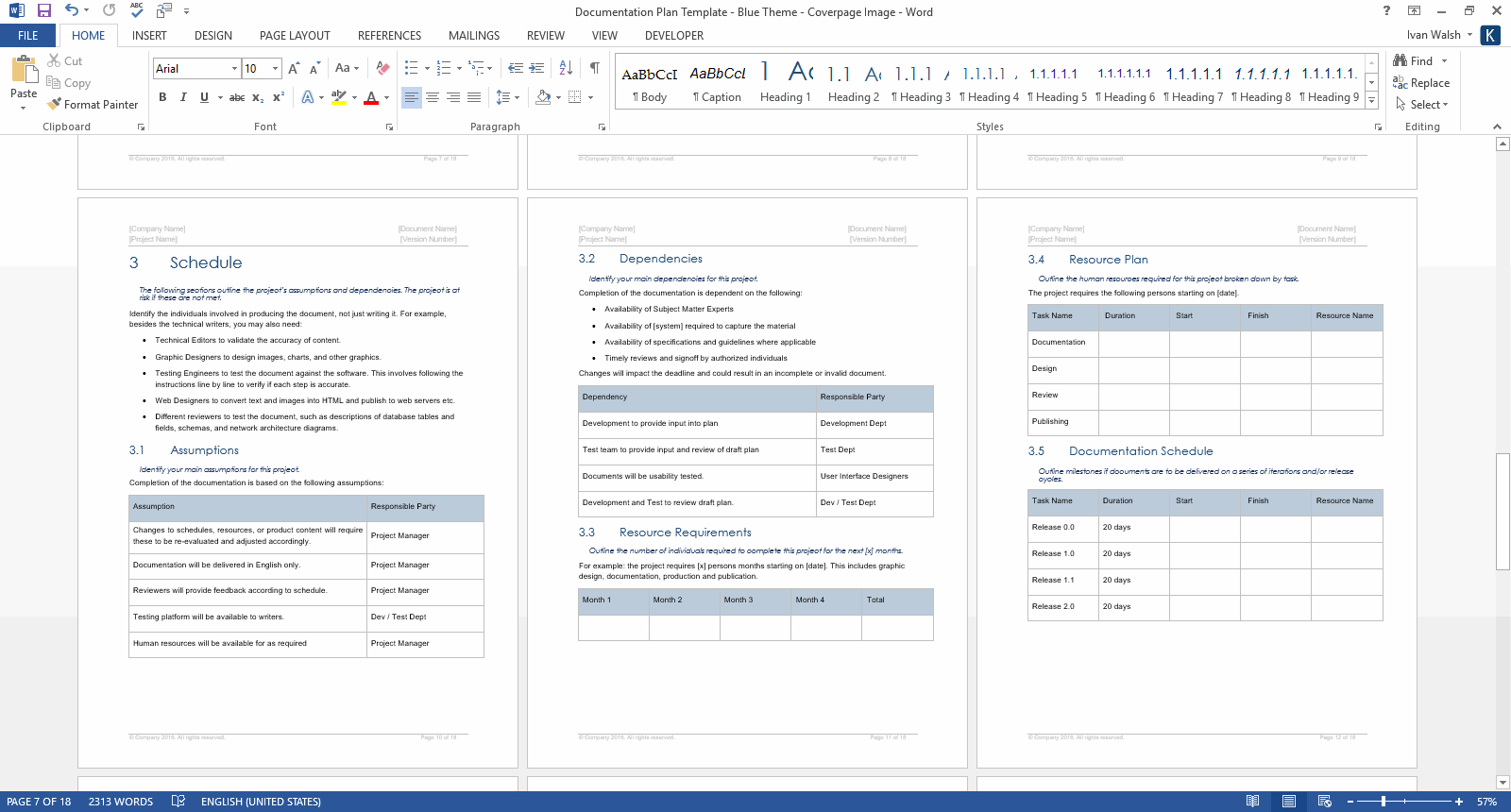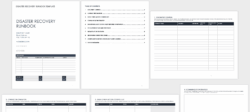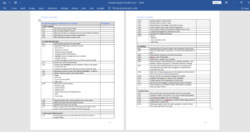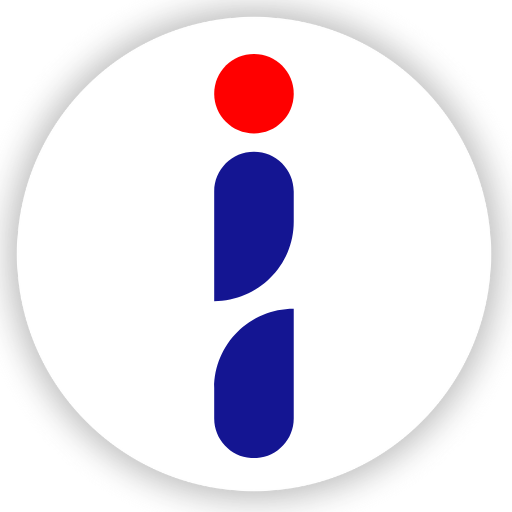Creating clear and comprehensive technical documentation is vital for any successful product or service. But where do you even begin? The sheer scope of a documentation project can feel overwhelming, especially when you’re juggling multiple tasks and deadlines. That’s where a well-structured plan comes into play. A solid technical documentation plan lays the groundwork for efficient creation, organization, and maintenance of all your technical materials. It acts as a roadmap, guiding you and your team through the entire documentation lifecycle.

Think of it this way: building a house without blueprints is a recipe for disaster. Similarly, embarking on a technical documentation project without a proper plan can lead to inconsistencies, gaps in information, and ultimately, user frustration. A technical documentation plan template provides a framework to define your goals, identify your audience, and establish the processes needed to produce high-quality, user-friendly documentation. It helps you answer critical questions like “What information needs to be documented?”, “Who is responsible for creating and reviewing the documentation?”, and “How will the documentation be accessed and updated?”.
This article delves into the importance of having a technical documentation plan and how a template can streamline the process. We’ll explore the key elements that should be included in your plan, along with practical tips to ensure its effectiveness. By the end, you’ll have a clear understanding of how to leverage a technical documentation plan template to create documentation that not only meets the needs of your users but also contributes to the overall success of your product or service.
Why You Need a Comprehensive Technical Documentation Plan
Technical documentation is more than just a collection of user manuals and API references. It’s a critical component of your product or service ecosystem, serving as a bridge between your technology and the people who use it. A comprehensive technical documentation plan ensures that this bridge is strong, reliable, and easy to navigate. Without a plan, your documentation risks becoming fragmented, inconsistent, and ultimately, unhelpful to your users. This can lead to frustration, increased support requests, and even adoption failure.
A well-defined plan allows you to proactively address potential challenges and ensure that your documentation remains relevant and up-to-date. It helps you identify the specific information needs of your target audience and tailor your documentation accordingly. By defining clear roles and responsibilities, a plan promotes accountability and collaboration among team members. This streamlined approach leads to more efficient content creation, review, and maintenance.
Furthermore, a technical documentation plan can improve the overall quality and consistency of your documentation. By establishing style guidelines, terminology standards, and formatting conventions, you can ensure that all your technical materials adhere to a unified standard. This not only enhances the user experience but also strengthens your brand image. High-quality, consistent documentation reflects professionalism and a commitment to customer satisfaction.
Another significant benefit of having a plan is its ability to facilitate continuous improvement. A plan should include processes for gathering user feedback, tracking documentation metrics, and identifying areas for enhancement. By regularly reviewing and updating your documentation based on user needs and performance data, you can ensure that it remains relevant, accurate, and effective over time. This iterative approach is crucial for maintaining the long-term value of your documentation.
In short, a comprehensive technical documentation plan is an investment in the success of your product or service. It ensures that your documentation is well-organized, user-friendly, and consistently updated. By taking the time to create a robust plan, you can improve user satisfaction, reduce support costs, and ultimately, drive greater adoption of your technology.
Key Elements of a Technical Documentation Plan Template
Now that we understand the importance of a technical documentation plan, let’s explore the key elements that should be included in a template. A well-designed template will provide a structured framework for capturing all the essential information needed to guide your documentation efforts. These elements include defining the scope, identifying the target audience, outlining content requirements, establishing style guidelines, and defining processes for review and maintenance.
First and foremost, you need to clearly define the scope of your documentation project. What specific products, features, or services will be covered? What types of documentation will be created (e.g., user manuals, API references, tutorials)? A well-defined scope helps to focus your efforts and prevent scope creep. Identifying your target audience is equally crucial. Who are the intended users of your documentation? What level of technical expertise do they possess? Understanding your audience allows you to tailor your content to their specific needs and abilities.
Next, you need to outline the content requirements for each type of documentation. What information needs to be included? What level of detail is required? This will help to ensure that all essential topics are covered and that the documentation is comprehensive and informative. Establishing style guidelines is also important for maintaining consistency across all your technical materials. This includes specifying formatting conventions, terminology standards, and writing style preferences. Consistent style guidelines enhance readability and improve the overall user experience.
Finally, your plan should define processes for review and maintenance. Who will be responsible for reviewing the documentation? How will feedback be incorporated? How often will the documentation be updated? Establishing clear processes for review and maintenance ensures that your documentation remains accurate, up-to-date, and relevant over time. Using a technical documentation plan template ensures that you address all these key areas.
By incorporating these key elements into your technical documentation plan template, you can create a robust framework for managing your documentation projects effectively. A well-designed template will not only save you time and effort but also improve the quality, consistency, and user-friendliness of your technical materials. The effort to craft and use a plan is an investment that pays dividends in the long run.
With a well-structured approach, technical documentation can become a powerful asset, enhancing user satisfaction, reducing support costs, and ultimately, contributing to the overall success of your products and services. Careful planning is what separates great documentation from the rest.
Ultimately, developing high-quality technical documentation is a collaborative effort. By having a shared vision and a clearly defined process through a plan, you can ensure that everyone is working towards the same goal. The end result is documentation that accurately reflects your product, effectively supports your users, and enhances your brand reputation.



